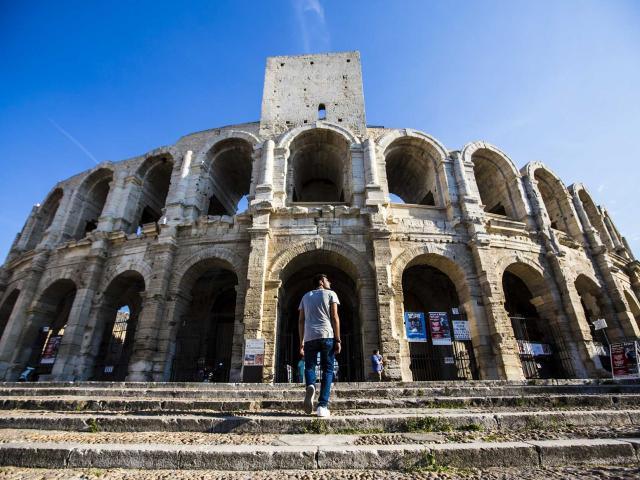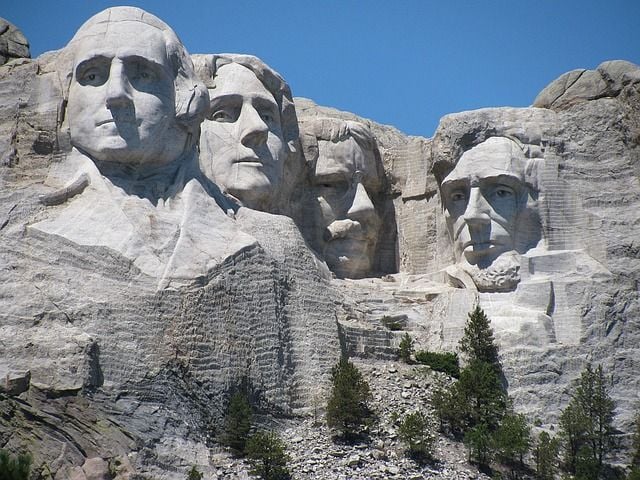Must-Visit Historical Tourist Attractions

Traveling is not just about exploring new landscapes or indulging in exotic cuisines. It’s also about delving into the rich tapestry of history and culture that defines a place. Historical tourist attractions offer us a unique glimpse into the past, allowing us to connect with the people, events, and stories that have shaped our world. In this blog post, we will take you on a journey through time and space, showcasing some of the most captivating historical tourist attractions around the globe. From ancient wonders to modern marvels, these sites are a testament to human achievement and a source of inspiration for travelers seeking to unravel the mysteries of our shared heritage.
The Great Wall of China
We begin our journey in China, where the Great Wall stands as an enduring symbol of human ingenuity and determination. Stretching over 13,000 miles, this colossal fortification was built over centuries to protect China from invading forces. Visitors can explore different sections of the wall, each with its own unique history and charm. Whether hiking along the wild and rugged stretches or marveling at the restored sections near Beijing, the Great Wall offers a profound connection to China’s past.
Machu Picchu, Peru
Hidden high in the Andes Mountains, Machu Picchu is an archaeological wonder that continues to captivate travelers worldwide. This ancient Incan citadel, built in the 15th century, boasts stunning terraced fields, intricate stone structures, and a breathtaking backdrop of lush green hills. Its remote location adds to the allure, as visitors must embark on a scenic train journey and hike to reach this well-preserved relic of an ancient civilization.
The Pyramids of Giza, Egypt
A journey to Egypt wouldn’t be complete without a visit to the Pyramids of Giza. These iconic structures, built over 4,500 years ago, remain one of the Seven Wonders of the Ancient World. Standing in the shadow of the Great Pyramid of Khufu, you’ll be awestruck by the sheer scale and precision of the construction. Exploring the nearby Sphinx and the Giza Plateau only deepens the sense of wonder and mystery that shrouds these monuments.
The Acropolis, Greece
The Acropolis, perched high above Athens, is a masterpiece of ancient Greek architecture and a testament to the enduring influence of Greek civilization. The Parthenon, a temple dedicated to the goddess Athena, is the highlight of this site. As you wander through the marble columns and statues, you can’t help but be transported back to the Golden Age of Greece, a time when philosophy, art, and democracy flourished.
Petra, Jordan
Carved into the rose-red cliffs of southern Jordan, Petra is a UNESCO World Heritage Site and one of the most awe-inspiring archaeological wonders of the Middle East. This ancient Nabatean city, known as the “Rose City” for its distinctive rock color, features a series of temples, tombs, and grand facades. The most famous of these is Al-Khazneh, or “The Treasury,” an intricate and elaborately decorated building that has been featured in numerous films and documentaries.
The Colosseum, Italy
The Colosseum in Rome is a symbol of ancient Roman engineering prowess and a testament to the grandeur of the Roman Empire. This massive amphitheater, constructed in the 1st century AD, could hold up to 80,000 spectators and hosted gladiatorial contests, mock sea battles, and other public spectacles. Today, it stands as a powerful reminder of the Roman era, with visitors from around the world exploring its arches and passages.
The Palace of Versailles, France
The Palace of Versailles, located just outside Paris, is a masterpiece of opulent architecture and a symbol of absolute monarchy. This grand palace, built during the reign of Louis XIV, is renowned for its Hall of Mirrors, breathtaking gardens, and lavish interior decorations. A visit to Versailles offers a glimpse into the extravagant lifestyle of the French monarchy and the historical events that unfolded within its walls.

Angkor Wat, Cambodia
Nestled in the jungles of Cambodia, Angkor Wat is a sprawling temple complex that was once the heart of the Khmer Empire. Built in the 12th century, it is the largest religious monument in the world. Its intricate bas-reliefs and towering spires make it a photographer’s dream and a spiritual retreat for those seeking a connection to Cambodia’s rich past.
Chichen Itza, Mexico
In the heart of the Yucatan Peninsula lies Chichen Itza, a remarkable Mayan archaeological site. This ancient city, dating back to the 7th century, features the iconic El Castillo pyramid, which served as a temple and astronomical observatory. The site’s history, architecture, and cultural significance continue to draw visitors who want to explore the mysteries of the Mayan civilization.
Independence Hall, United States
Our journey through history wouldn’t be complete without a stop in Philadelphia, where Independence Hall stands as a symbol of American democracy. This historic building, where the Declaration of Independence and the United States Constitution were debated and adopted, is a pilgrimage site for those interested in the birth of a nation. Visitors can tour the hall, view the famous Liberty Bell, and reflect on the ideals that shaped the United States. Feel free to visit Las Vegas Stay to find more tips and information about historical tourist attractions.
Conclusion
Historical tourist attractions offer us a unique opportunity to connect with our shared human heritage, to marvel at the ingenuity of past civilizations, and to gain insights into the events that shaped our world. Whether you’re exploring the ancient wonders of Egypt or wandering through the ornate palaces of Europe, these sites provide a window into the past that enriches our understanding of the present. So, pack your bags, embark on a journey through time, and let these must-visit historical attractions transport you to a world of wonder and discovery.



